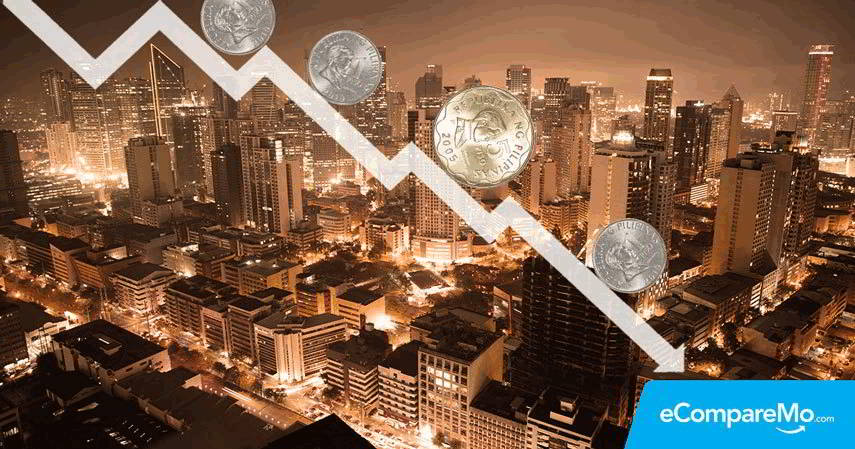Peso Seen To Weaken Further Toward The End Of 2017: Should You Be Worried?
3 min readThe Philippine peso could be in for a storm, and experts are worried that it may weather the economy’s continual growth.
According to an economist at ING Groep NV, a Dutch multinational financial company, the weakest currency in Southeast Asia may still experience tougher times ahead.

Joey Cuyegkeng said the currency is looking more like a collateral damage in the current administration’s plans to boost inward flow of shipments through infrastructure spending.
“It’s a challenging situation for the peso for the next couple of years,†Cuyegkeng said. “A very strong domestic sector requires imports of both consumer goods and durable equipment as the economy expands and moves into investment-driven growth.â€
He also added that the peso, which fell by 5.2 percent against the US dollar last year, is estimated to close by 4.4 percent lower at P52 by the end of 2017. By the start of 2016, the peso kicked off at P46.83 but it went up to P49.56 by the end of the year.
Big changes are coming
The economist from the Dutch financial company said there are many reasons the peso is set to become even more laggard this 2017.
Last December, the US Federal Reserve raised the federal funds rate by 25 points, which means that rates will go up somewhere between 0.50 and 0.75 percent. The Philippines will feel the negative impact of heavy foreign selling on bond and equity markets.
In a report by Rappler, Cid Terosa, dean of University of Asia and the Pacific’s School of Economics, said that “higher US interest rates will most initially affect the stock market adversely, but after some time, the stock market will adjust to the situation.â€
However, Terosa is confident that the Philippine Stock Exchange will adjust to a lower level and become bullish again.
Despite the positive outlook on the Philippine economy, experts and staunch critics of President Rodrigo Duterte have expressed their concern over the leader’s management of different political and economic situations.
The countless tirades against the US, his pivot to China and Russia, and serious spat with opposition members, critics say, are making investors go uneasy on the country’s economy.
Senator Franklin Drilon, despite supporting Duterte’s independent foreign policy, said that “antagonizing multilateral institutions and having poor relations with other countries†can cause negative economic feedback from the country’s financial managers.
In a statement, Drilon said that “if we lose these privileges it will adversely affect our economy, and in turn the livelihood of millions of our countrymen. So it is very critical that we maintain our good relations with our longtime partners and allies in the US and EU.â€
Finally, the government’s intensified campaign against illegal drugs in the country, which is said to have exceeded 6,000 casualties last December, has made some economic experts question the law and order situation in the country.
With the risks of doing business here becoming more apparent, investors become warier of pouring their money in the Philippines.
In a statement, the American Chamber of Commerce in the Philippines said the issue of extrajudicial killings and the drug war is alarming and “could possibly harm the optimism of American business to invest in the country.â€
Meanwhile, Moody’s Singapore vice president Christian de Guzman said that the local issues in the country can definitely stunt the robust economic growth in the country.
“From the foreign investor perspective, you’ve heard industry bodies and foreign chambers of commerce are concerned about the law and order situation,†he told Forbes. “That can be a hindrance to further foreign investment. There could be a risk to growth because of investor sentiment, and investor sentiment has been getting cloudier given the political situation.â€
Is it really bad?
Despite the negative predictions by experts, a report by BusinessWorld said that opinions among other financial experts are divided, with Deutsche Asset Management and Nomura Holdings Inc. “predicting a rebound,†while Morgan Stanley and Credit Suisse Group AG “see more losses.â€
In addition, Bank of the Philippine Islands foreign exchange trading head Alan Cayetano said that their prediction for the Philippine peso is that it will close at P51.5 by the end of 2017.
He said that the weaker peso will be due to higher federal rates and more local spending. While it is more bullish than the ING Group’s prediction, Cayetano said that the events that are about to unfold will make or break the peso.
“That’s barring any unforeseen events. What can affect the peso locally will be politics,†he said.
